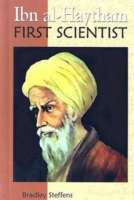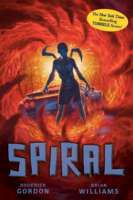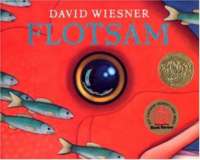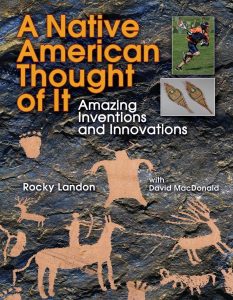
Ibn al-Haytham (“Alhazen” in Library of Congress cataloging) was born in Basra in 965. A Muslim who studied the works of Aristotle, Euclid, Archimedes, and Ptolemy, he developed an approach to science using experimentation and deduction and made significant observations and discoveries, particularly in the field of optics. Translations of his books influenced medieval European scientists and mathematicians from Bacon to Fermat to Kepler. Steffens notes that al-Haytham’s discovery of the cameraobscura may have changed Western art as well. Steffens has organized what is known of his subject’s life and work into a coherent narrative. He is quick to acknowledge gaps, but backs up inferences logically. Like the history of mathematics, the history of science is incomplete without an acknowledgment of early scholars in the Middle East. This clearly written introduction to al-Haytham, his society, and his contributions does that. The book concludes with a time line, source notes, a bibliography, and a list of Web sites.





